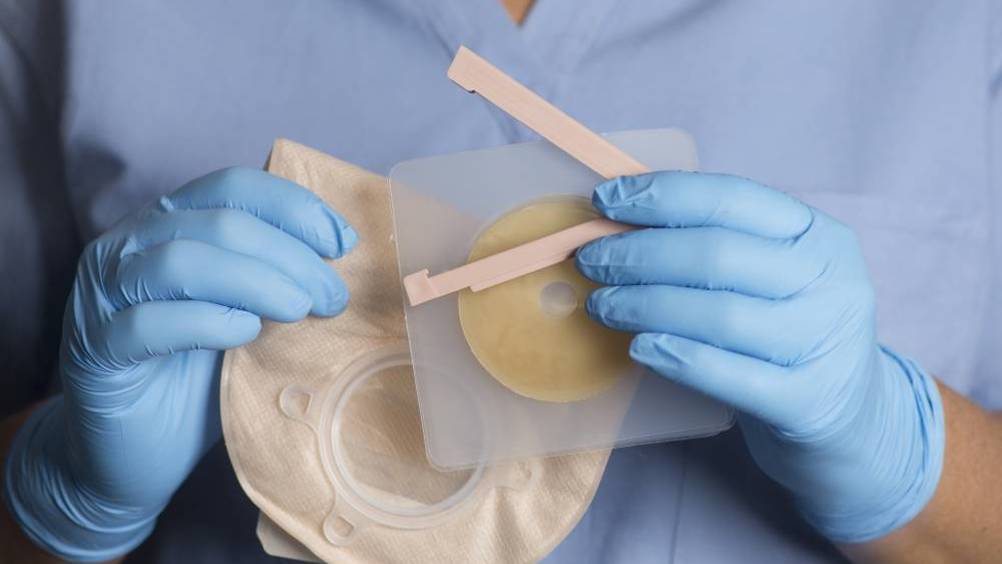References
Stoma formation as a palliative procedure: the role of the clinical nurse specialist in maintaining quality of life

Abstract
More than half of patients diagnosed with colon cancer present at an advanced stage, and palliative treatment may involve stoma formation. A literature review was undertaken to determine the potential effects of stoma formation as a palliative procedure on a patient's quality of life, and to examine the role of the clinical nurse specialist in this situation. Limited literature was found on this specific subject, so established evidence surrounding stoma formation and quality of life was examined in relation to palliative care. The clinical nurse specialist provides expert knowledge that can help to limit stoma complications and is also able to conduct assessments that identify holistic concerns affecting quality of life. However, access to a clinical nurse specialist may be limited, particularly when surgery is performed as an emergency. There is the potential for research surrounding patient experiences that may improve service provision for this client group.
Colorectal cancer is the fourth most common cancer in the UK (Bowel Cancer UK, 2019). More than half of patients diagnosed with colorectal cancer in the UK present at an advanced stage, with 23–26% having metastases at diagnosis (Cancer Research UK, 2017). Bowel obstruction is a risk with advanced disease, with some patients presenting with this as their initial symptom.
In addition to people presenting with advanced disease, patients who have undergone treatment for colorectal cancer with a curative intent may require palliative treatment if their cancer recurs.
Stoma formation as a palliative procedure can have far-reaching implications for a patient's quality of life. However, while much has been written about the impact of stoma formation on quality of life, little literature focuses on the specific impact that this has on patients receiving palliative treatment.
A literature search was performed using the EBSCO, PubMed, Wiley and Cochrane databases using the terms stoma, palliative and quality of life. Studies predominantly focused on technical aspects of management (eg a comparison between stent insertion versus stoma formation or using a stent as a bridge to elective surgery) and measured outcomes in terms of length of life, duration of hospital stay and cost effectiveness (Nagula et al, 2010; Anwar et al, 2012). Studies that set out to explore patients' quality of life, again, focused on survival benefit measured in months (Anwar et al, 2012), or either only included patients undergoing elective procedures or excluded those undergoing palliative procedures altogether (Thaysen et al, 2012; Tan et al, 2016).
Register now to continue reading
Thank you for visiting British Journal of Nursing and reading some of our peer-reviewed resources for nurses. To read more, please register today. You’ll enjoy the following great benefits:
What's included
-
Limited access to clinical or professional articles
-
Unlimited access to the latest news, blogs and video content

